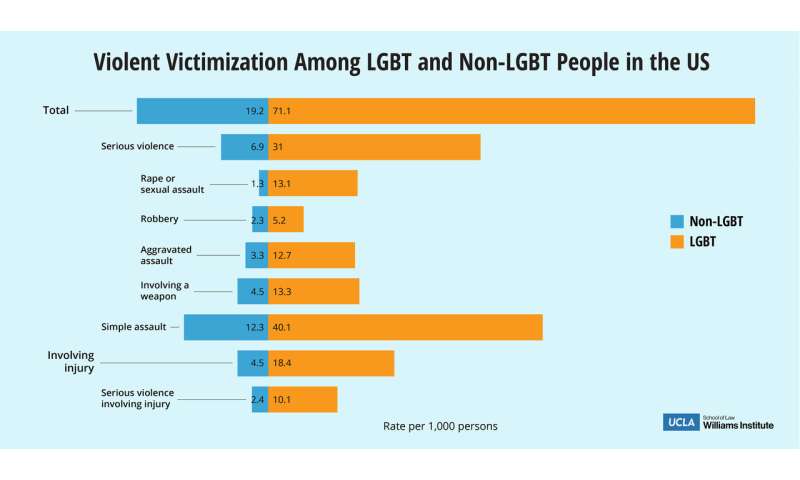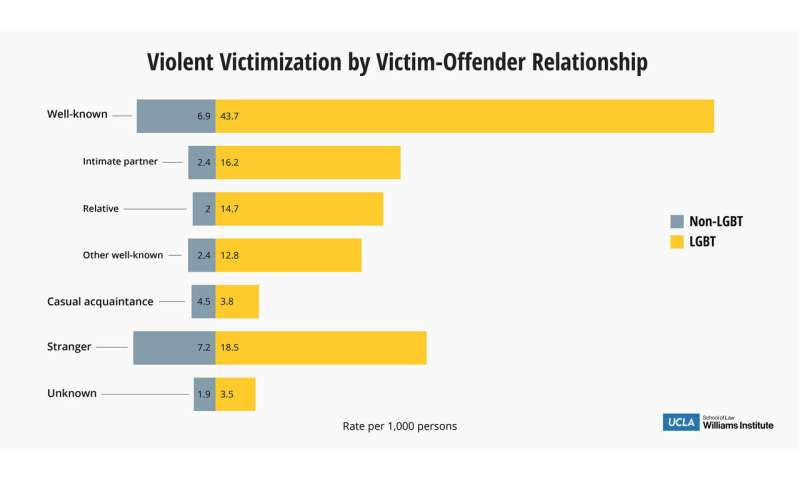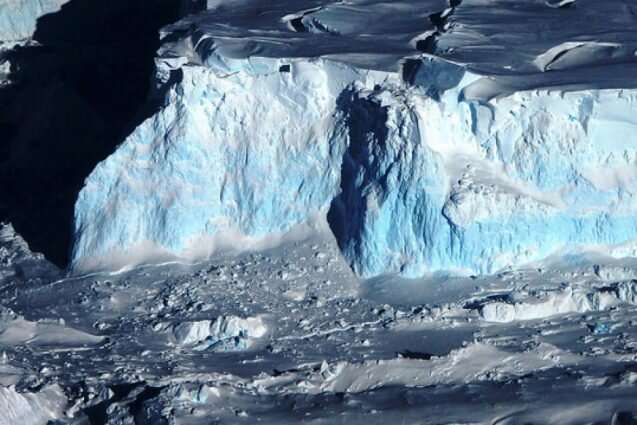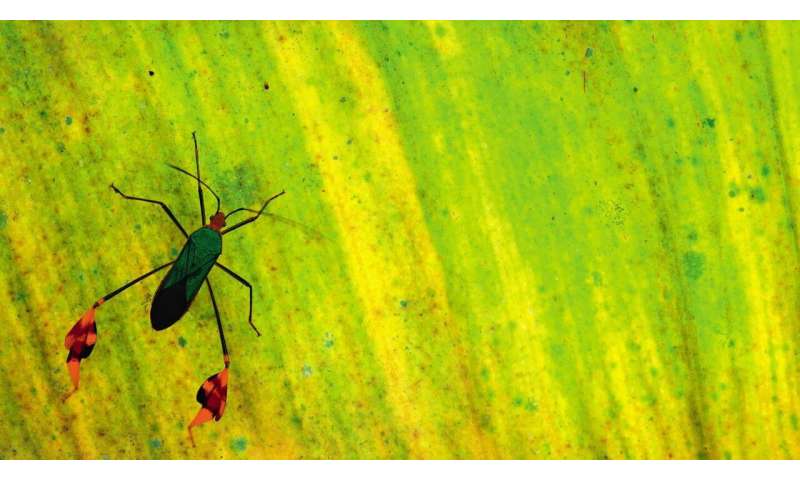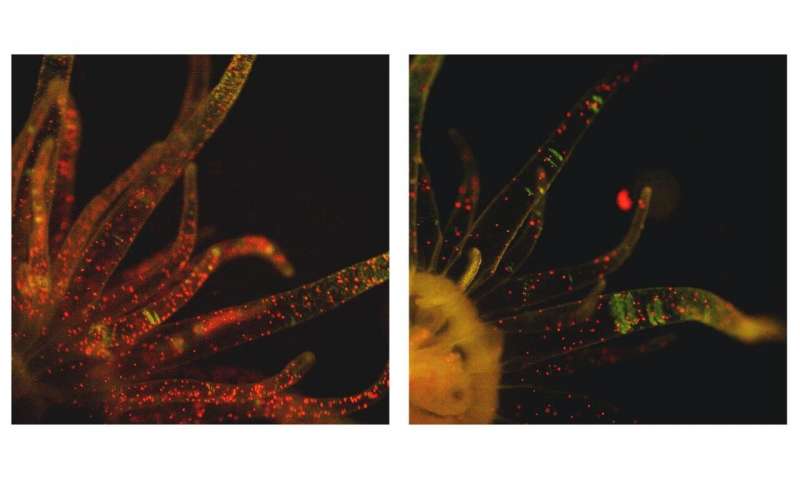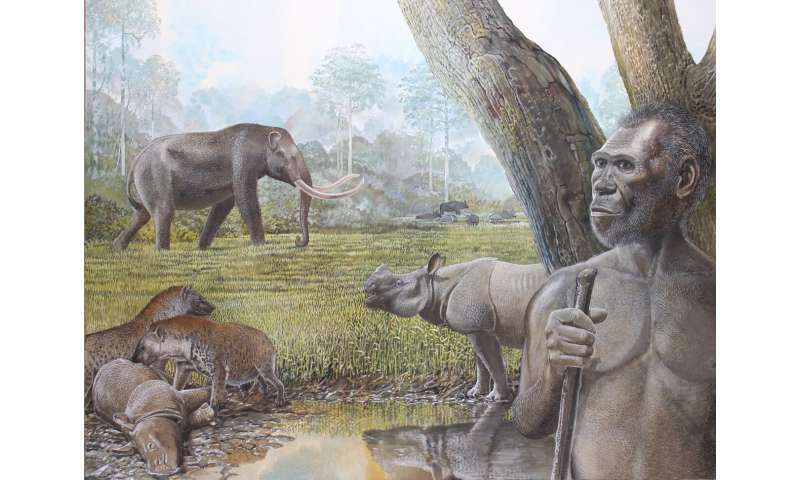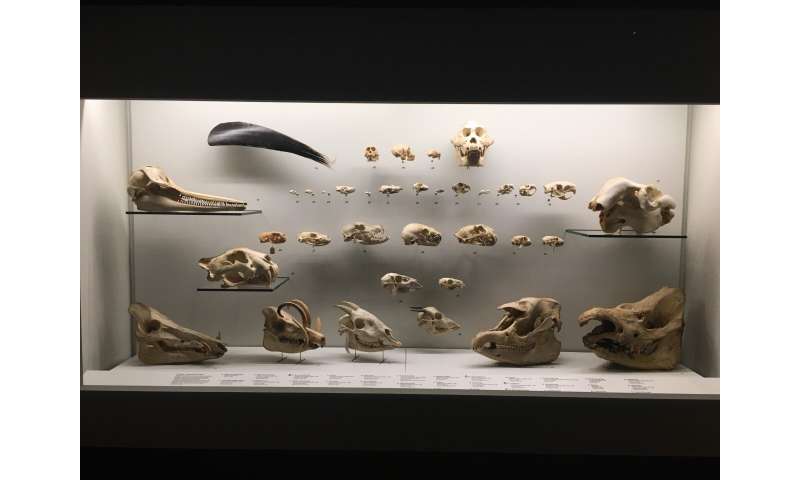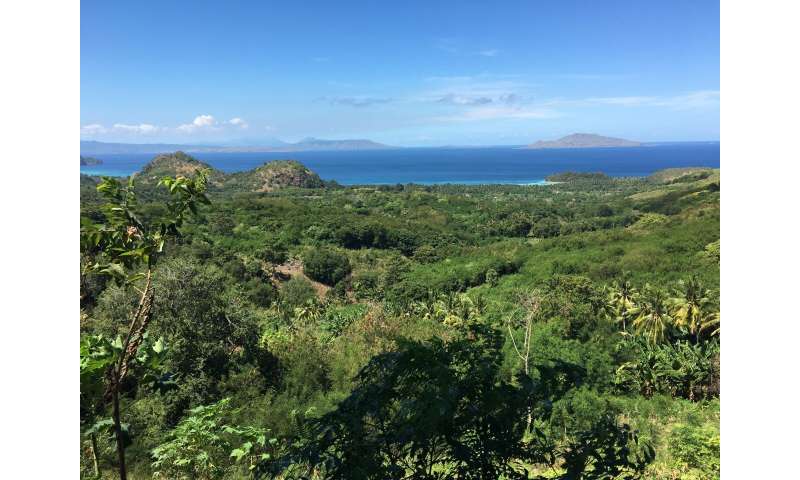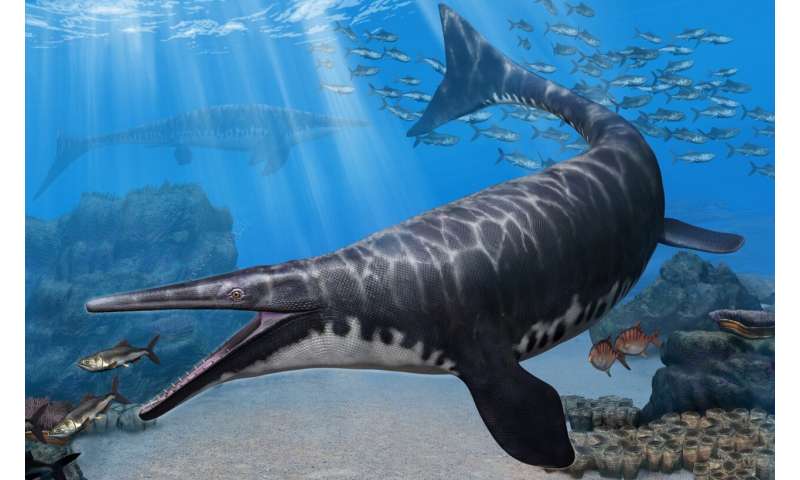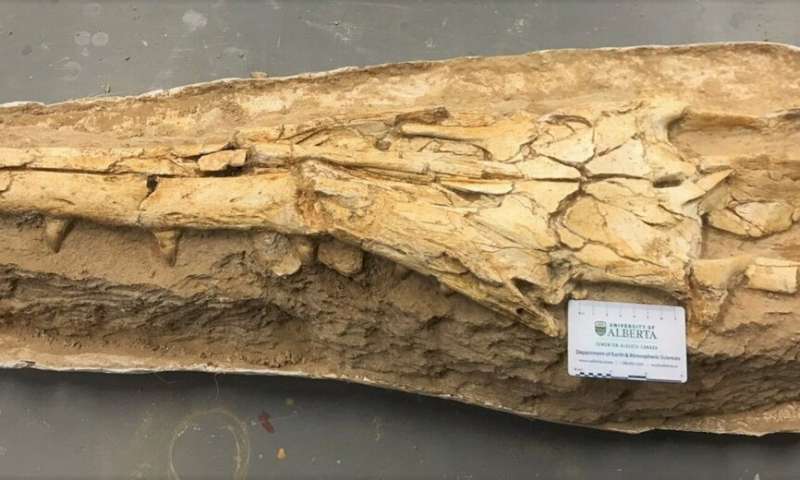by University of Exeter

Credit: CC0 Public Domain
Introducing a third legal gender option is popular with the majority of trans and non-binary people, research suggests.
The study, which is exploring possible reforms to the Gender Recognition Act, found people would be more likely to apply for a Gender Recognition Certificate (GRC) if there was an additional option for legal gender. A total of 88 percent of trans and non-binary people were in favor of a third additional gender option for a GRC, followed by a multi-gender system (59.4 percent) and removing the system by ceasing to record sex at birth (49.6 percent). Introducing an additional third option was particularly popular with non-binary people, notably with zero non-binary people opposed to this proposal.
The statistics were collected as part of the Gender Recognition and Reform (GRR) Project at the University of Exeter Law School, which is a Ph.D. project funded by the Economic and Social Research Council. A total of 276 transgender and non-binary people completed a survey about the Gender Recognition Act 2004, and 21 non-binary people were also interviewed.
Last week the Government ruled out changes to the Gender Recognition Act, but announced ways the process of applying for a Gender Recognition Certificate would be modernized.
The study also found that trans and non-binary people would be more likely to apply for a GRC if the current requirement of a medical diagnosis of gender dysphoria from an approved medical practitioner didn't exist. This measure was retained by the Government as part of recent reform announcements this week and is particularly unpopular with non-binary people. Half, 50.7 percent, of trans people who took part in a survey opposed the gender dysphoria requirement compared with 80.7 percent of non-binary people. Non-binary participants were more than two times more likely to report that removing the gender dysphoria requirement would make them more likely to apply for a GRC.
Respondents said they had had poor experiences with medical professionals, found the need for a mental diagnosis stigmatizing and didn't agree that legal gender should be defined according to a medical model.
Mollie Gascoigne, Ph.D. Candidate at Exeter Law School, who is leading the research said:
Introducing a third legal gender option is popular with the majority of trans and non-binary people, research suggests.
The study, which is exploring possible reforms to the Gender Recognition Act, found people would be more likely to apply for a Gender Recognition Certificate (GRC) if there was an additional option for legal gender. A total of 88 percent of trans and non-binary people were in favor of a third additional gender option for a GRC, followed by a multi-gender system (59.4 percent) and removing the system by ceasing to record sex at birth (49.6 percent). Introducing an additional third option was particularly popular with non-binary people, notably with zero non-binary people opposed to this proposal.
The statistics were collected as part of the Gender Recognition and Reform (GRR) Project at the University of Exeter Law School, which is a Ph.D. project funded by the Economic and Social Research Council. A total of 276 transgender and non-binary people completed a survey about the Gender Recognition Act 2004, and 21 non-binary people were also interviewed.
Last week the Government ruled out changes to the Gender Recognition Act, but announced ways the process of applying for a Gender Recognition Certificate would be modernized.
The study also found that trans and non-binary people would be more likely to apply for a GRC if the current requirement of a medical diagnosis of gender dysphoria from an approved medical practitioner didn't exist. This measure was retained by the Government as part of recent reform announcements this week and is particularly unpopular with non-binary people. Half, 50.7 percent, of trans people who took part in a survey opposed the gender dysphoria requirement compared with 80.7 percent of non-binary people. Non-binary participants were more than two times more likely to report that removing the gender dysphoria requirement would make them more likely to apply for a GRC.
Respondents said they had had poor experiences with medical professionals, found the need for a mental diagnosis stigmatizing and didn't agree that legal gender should be defined according to a medical model.
Mollie Gascoigne, Ph.D. Candidate at Exeter Law School, who is leading the research said:
"The Government's proposals to reduce the application fee is welcome as the current cost has posed a significant barrier to many people hoping to access legal gender recognition. However, to substantively increase the number of people applying for legal gender recognition and to make the system more accessible particularly for non-binary people, these findings suggest that further reform is still needed to address the current lack of non-binary gender recognition and the requirement of gender dysphoria."
Explore further The neurobiological basis of gender dysphoria
Explore further The neurobiological basis of gender dysphoria
Provided by University of Exeter
